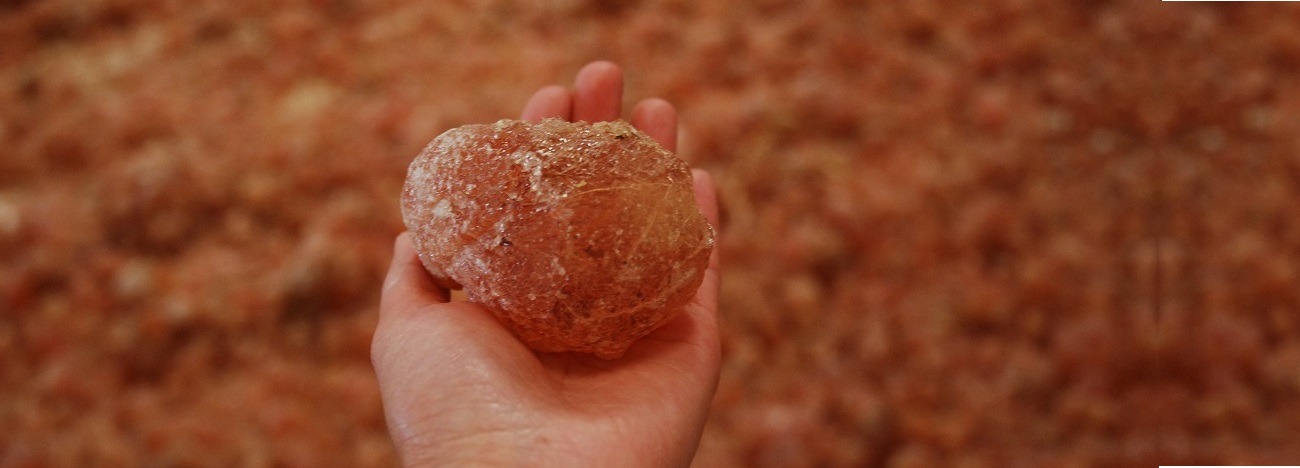History of acacia gum
With 4 millennia of use for medicinal, cosmetic and edible purposes, acacia gum is an ancient resource for mankind.
Acacia gum is the oldest and one of the best known of all natural gums. Its safety has been demonstrated for many centuries scientifically, but also because it is natural and has been widely used for human consumption without any side effects reported.
Ancient times
In the Stone Age, Acacia gum was already being used as a food in the Sahara and as an adhesive in Africa, at least 70,000 years ago. But it is likely that in the arid lands where acacia gum grows, it was used for food and non-food applications since even more ancient times.
Around 4000 B.C. Chinese and Japanese used acacia gum for painting. Other documented usages of Acacia gum have shown that in Ancient Egypt around 2650 BC, acacia gum was used in the preparation of inks, watercolors and dyes. It was a pigment binder for paints used to make hieroglyphs and ancient inscriptions refer to it as “kami”.
It was also used to make the bandages for mummies stick fast, and in cosmetics and food. For example, it is known that the Queen Cleopatra’s favorite lipstick was made with acacia gum, and that she ordered recipes prepared with it.

Greeks and Christian era
Ancient Greeks also described the uses of acacia gum. They can especially be found in the writings of philosophers Theophrastus and Pliny, who mostly mention the therapeutic usages, for example to make poultices, to relieve irritations, ulcers or burns, and to stop severe nose bleeds.
In the Christian era, the usages of acacia gum kept expanding as the gum can be also found in Europe. From helping with hemorrhages and leech bites to reducing inflammation of the bone marrow, Acacia gum became an article of commerce as early as the 1st century of our era. It was initially called “Gum Arabic”, in reference to its arabic origins. It then became “acacia gum”, to underline its natural origin.

Middle Age and modern times
By the Middle Ages, acacia gum was valued among scribes and illustrators, who use it in their colors as a binder for pigments. It is widely found in manuscripts, paints and inks, and has been used by painters like Rembrandt.
Around the 19th century, acacia gum is used for textiles, but also in lithography and as an ingredient in gum bichromate prints in early photography.
The modern industrial era has produced an explosion of manufacturing uses for acacia gum. Carbonless paper, stamps, glue, carbon nanotubes have all in common to have been formulated with acacia gum at some point. But the cosmetic, pharmaceutical and food ingrédients nowadays are the major applications. Manufacturers of consumer goods are exploiting the infinite potential of acacia gum, valuing its numerous functional propoerties that make it a key ingredient in thousands of beauty, health and food products.


